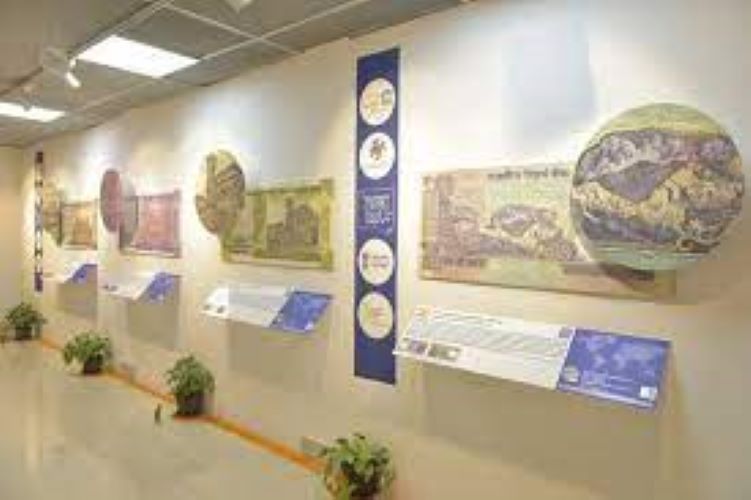Team L&M
A first of its kind exhibition Banking on World Heritage began at IGNCA, New Delhi yesterday. The exhibition, inaugurated by the Minister of Culture and External Affairs Meenakashi Lekhi, displays banknotes of G20 member nations depicting world heritage sites listed by UNESCO, in a unique manner.
Organised in the spirit of Vasudaiva Kutumbakam, the show is curated by eminent scholar Rukmini Dahanukar, whose passion for collecting banknotes that has culminated in this exhibition.
“If the world has to progress and humanity has to survive then Indian way is the way forward. This exhibition will help to connect youth with their heritage (through the physical currency notes). The depiction of Heritage sites adds to the intrinsic value of currency notes,” says Lekhi.
“Notably, 70 per cent of the UNESCO World Heritage sites are located in G20 nations. This exhibition brings out the collective effort of these countries to preserve and conserve heritage and to connect the current generation to the greatness of their past,” she adds.
The celebration of India’s 75th year of Independence coincides with UNESCO’s World Heritage Convention’s 50th year.
“This exhibition will educate the millennial youth and youngsters about their culture and heritage through bank notes. The bank notes in our country have 17 languages of India, which reflects inclusivity and unity in diversity,” says Dahanukar.
Interestingly, the member countries have issued currencies that are one of the most effective ways to depict grand monuments of our history for educating the society about their importance. Each banknote serves as a miniature canvas, highlighting the grand monuments and historic wonders that have shaped our shared human history.
As for India, it brings together the rich diversity of Indian languages and reflects the unity in India’s diverse cultural tapestry. It showcases how these banknotes became a projection of India and reflects the connection between humanity and culture.
Further, the coins are invaluable source of reconstructing ancient Indian history. They depict the glorious history of our past. In many cases, they tell us about the reigning period of kings, the economy of kingdoms, the expanse of empires and the trade during that period. They also throw light on the art and religion of the period to which they belong.
The exhibition will be on display till July 9
